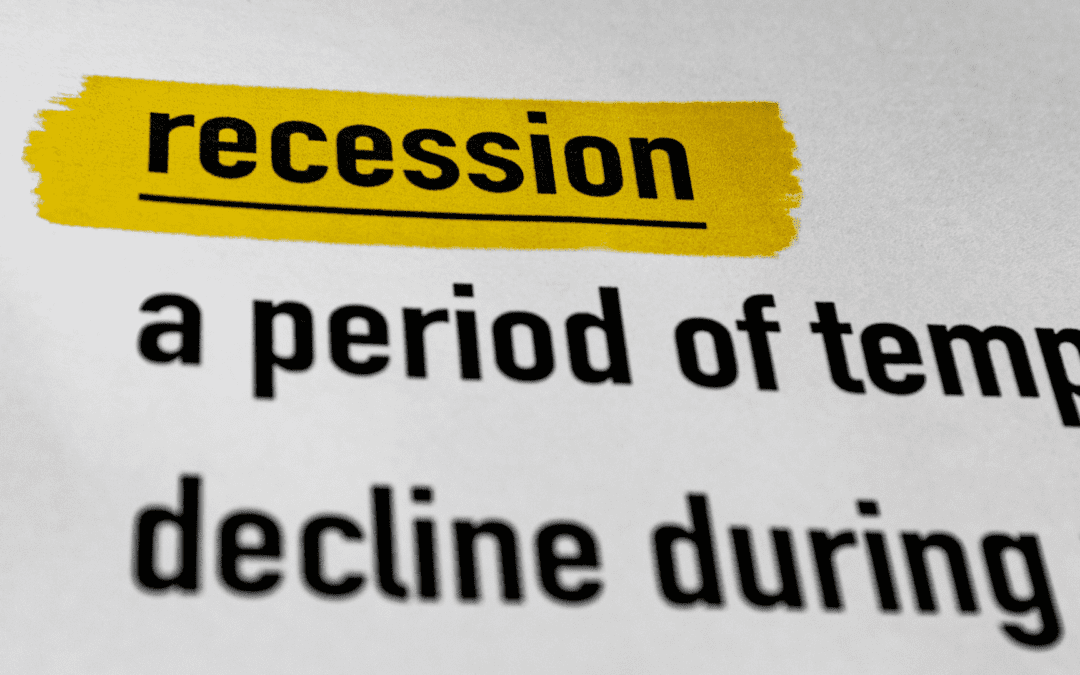We finally have a buzzword being used more often than the word pandemic, but it’s not a great trade-off.
Google Search frequency for the word recession has spiked to levels not seen since the beginning of COVID, but what exactly is a recession and how bad can it be?
Most people define a recession as two consecutive quarters of negative real GDP growth.
Well, in the first quarter the U.S. posted negative 1.6% real GDP growth, seemingly bringing us one step closer to that definition.
Current estimates for the second quarter are around 2.5% growth, so positive, but that estimate’s been coming down over the past several months.
We won’t get official results until the end of this month, but the Atlanta regional Fed publishes an unofficial estimate that uses high-frequency economic data, to try to give us more of a real-time forecast for real GDP growth.
And that number’s been coming down drastically over the past several weeks.
It currently sits at about negative 2% growth, meaning recession.
So what does this mean for your portfolio?
Well, stocks are already in a bear market, and they are basically pricing in a mild recession.
Keep in mind that financial markets are forward-looking, and the stock market usually precedes the economy by a quarter or two.
In fact, there have been 14 bear markets since World War II and only two of those bear markets were not accompanied by a recession.
For some good news, the median return just one year following those 14 bear markets, if you were to stay invested was 24%.
If you pulled your money out of the market it was zero.
I’m Daniel Mannix with ProVise Management Group. Financial planning for your life and lifestyle.


Recent Comments